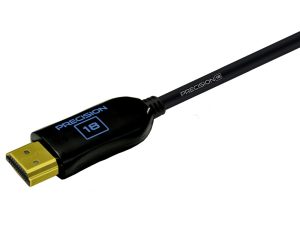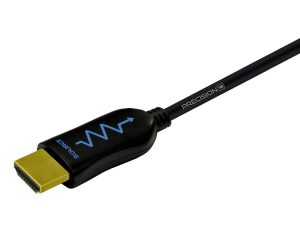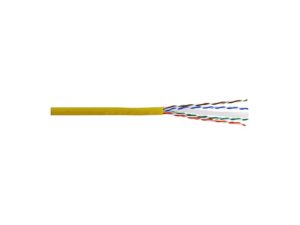- 2 Way Radio’s & Communications
- Audio Visual
- Hardware
- 12/24 Volt – Solar
- Batteries
- Boxes
- Brackets
- Buzzers
- Cable
- Cable Tie
- Components
- Connectors
- Equipment Racks
- Fans
- General
- Heat Shrink
- Heat Sinks
- Kits
- Leads & Looms
- Line Isolation Units
- Magnifying Equipment
- Power Boards
- Power Supplies
- Soldering Irons
- Spiral Wrap
- Switches
- Test Equipment
- Timers
- Tools
- UPS
- Wallplates
- I.T.
- Intercom & Security
- Brands
- 2C
- Access
- Acrovista
- Aeromic
- Aiphone
- AKG
- Alfatron
- Ambertec
- Ampetronic
- Amphenol
- Apart
- Arista
- Armour
- Audinate
- Audio Visual Devices
- Auditec
- Australian Monitor
- Avico
- Barix
- Behringer
- Belden
- Benelec
- Biamp
- Blaze
- Bluesound
- Blustream
- Bosch
- Bose
- BSS
- Cambium
- Canare
- Chiayo
- Clipsal
- Cloud
- Community
- Contacta
- Crown
- dbx
- Definitive Technology
- DelSound
- Denon
- DFM
- DNH
- Dorcas
- Dynacord
- Eaton
- Ecler
- Electro-Voice
- Electus
- Elite
- Epson
- FBT
- Furman
- Garland
- Generic
- Glomex
- Grandview
- Hisense
- Hitachi/Maxwell
- Humantechnik
- ICE Cables
- Icom
- Indesign
- Inter M
- JBL
- JTS
- Klark Teknik
- Kramer
- Lab Gruppen
- Listen
- Lox
- Mainline
- Mipro
- MSP
- Netgear
- Neutrik
- Onestage
- Panasonic
- Polk Audio
- Pro-AV
- Racktech
- Radial
- Rean
- Redback
- Roadworx
- Sabine
- Scope
- Shakespeare
- Shure
- Smart Acoustic
- Sonance Pro
- Sonos
- Soundking
- Spottune
- Sunon
- Tannoy
- Terracom
- TOA
- TP Link
- Turbosound
- Univox
- Van Damme
- Werit
- WES
- Wiim
- Williams Sound
- Wyrestorm
- Xilica
- Xvive
- Yamaha
- Clearance/Seconds Stock










